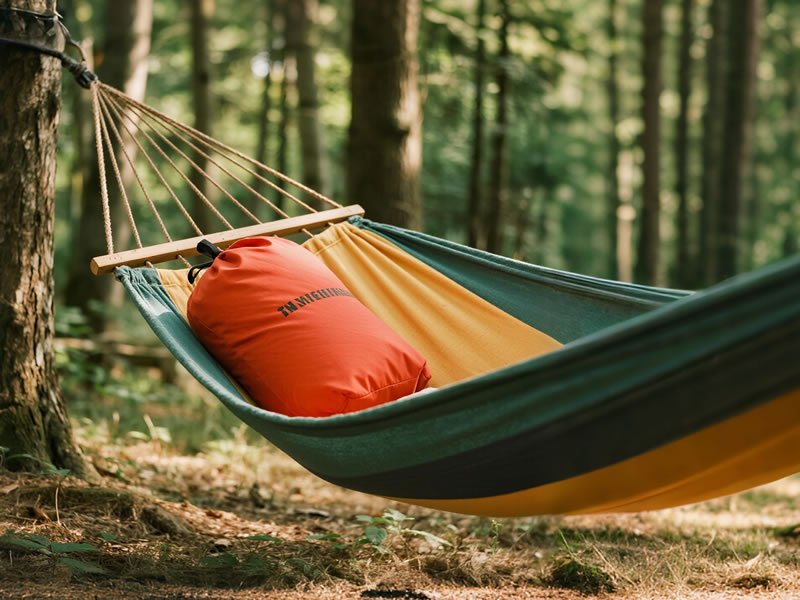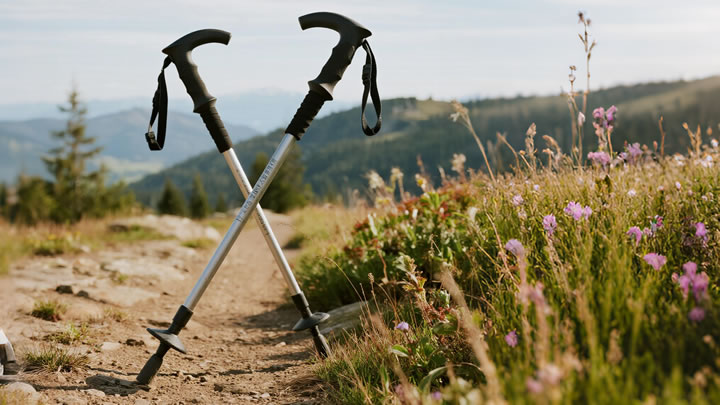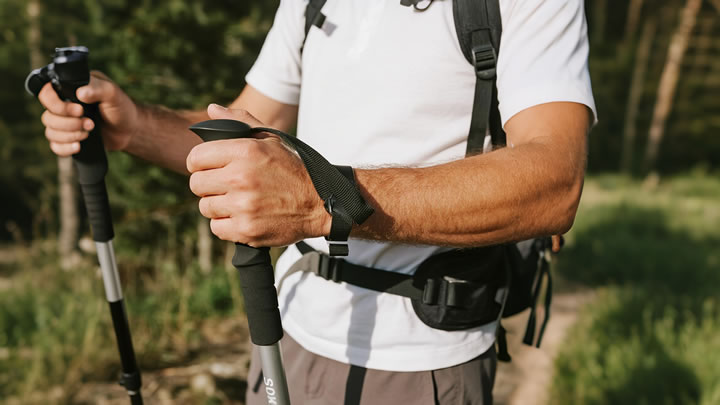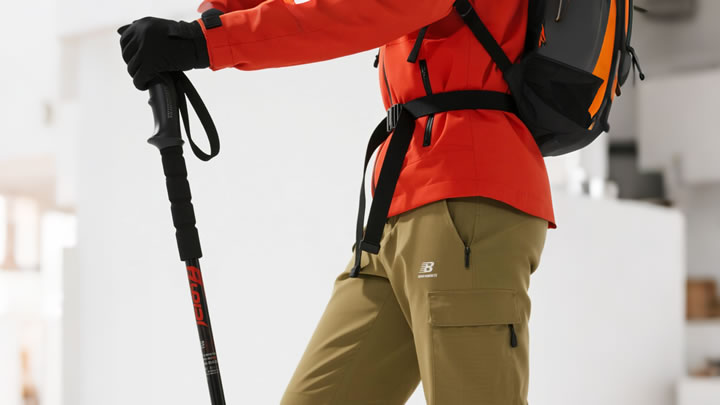Best storage bags for camping hammocks
Choosing the right storage bag isn’t just about convenience—it’s critical for preserving your hammock’s lifespan, weather resistance, and reliability. Exposure to moisture, UV rays, pests, or improper compression can degrade fabrics and coatings. Here’s how to pick and use storage solutions like a pro.

🔍 Why Your Hammock’s Storage Bag Matters
- Prevents Mold/Mildew: Trapped moisture = irreversible damage.
- Shields from UV & Abrasion: Nylon/polyester weakens when rubbed or sun-exposed.
- Organizes Gear: Quick deployment on trail; no tangled straps.
- Maintains Waterproofing: Compression preserves DWR (Durable Water Repellent) coatings.
🎯 Top 3 Types of Storage Bags (and When to Use Them)
- Waterproof Stuff SacksBest For: Wet climates, river trips, backpackingFeatures: PU-coated nylon/silnylon, roll-top closure, taped seamsCapacity Tip: Size 20–30L fits hammock + straps/tarp (if compact).
- Breathable Mesh BagsBest For: Home storage, humid areas, long-term off-seasonFeatures: Anti-mildew mesh panels, drawstring topPro Insight: Lets residual moisture escape—never store damp!
- Compression SacksBest For: Ultralight backpackers, bulk reductionFeatures: Side straps, durable YKK zippers, reinforced cornersWarning: Light compression only—over-squeezing damages fabric elasticity.
⭐ Key Features to Prioritize
- Material Durability: 30D–70D ripstop nylon balances weight/strength.
- Closure Security: Waterproof = roll-top + buckle; mesh = double drawstrings.
- Seam Construction: Flat-lock stitching prevents tearing; taped seams block water.
- Extra Utility: External loops (attach to backpack), internal hanging hooks.
🚫 3 Deadly Storage Mistakes to Avoid
- Stuffing While Damp: Even "dry" hammocks hold moisture—wait 24h post-trip.
- Using Plastic Bags: Traps humidity → mold factory.
- Over-Compressing: Crushes fabric coatings; causes permanent stretching.
🔧 Pro Maintenance & Storage Hacks
- Silica Gel Packs: Toss 1–2 into bags to absorb residual moisture.
- Loose Rolling > Folding: Reduces crease damage; maintains fabric integrity.
- Label Bags: Use color-coded sacks for hammock/tarp/bug net (e.g., red = rain gear).
- UV Protection: Store in dark closets—sunlight degrades nylon through windows.
🏆 Top Brand Picks (Budget to Premium)
- Economy: Sea to Summit eVent Dry Sack (20L, $15)
- Mid-Range: Hennessy Hammock Hex Rainfly Sack (tough PU coating, $25)
- Cottage Elite: Zpacks Cuben Fiber Roll Top (ultralight, waterproof, $45)
🌲 The Bigger Picture: Storage = Protection
Your hammock’s storage bag is its first defense against the elements. Pair breathable home storage with waterproof trail sacks for maximum longevity. Always:
- Clean thoroughly before storing (per our cleaning guide).
- Inspect for critters (spiders love dark sacks!).
- Air out biannually—even in storage.
💡 Final Tip: Repurpose old sleeping pad sacks as emergency stuff sacks!
Invest in purpose-built storage, and your hammock will deliver seasons of comfort. Remember: A $30 bag can save a $150 hammock.






